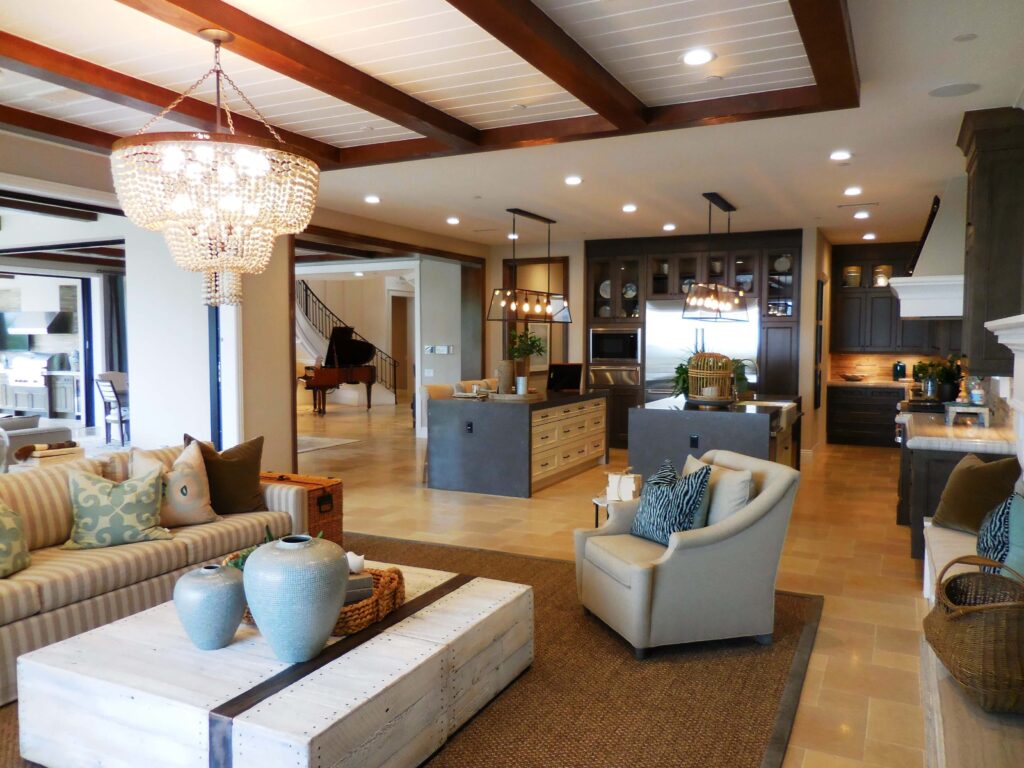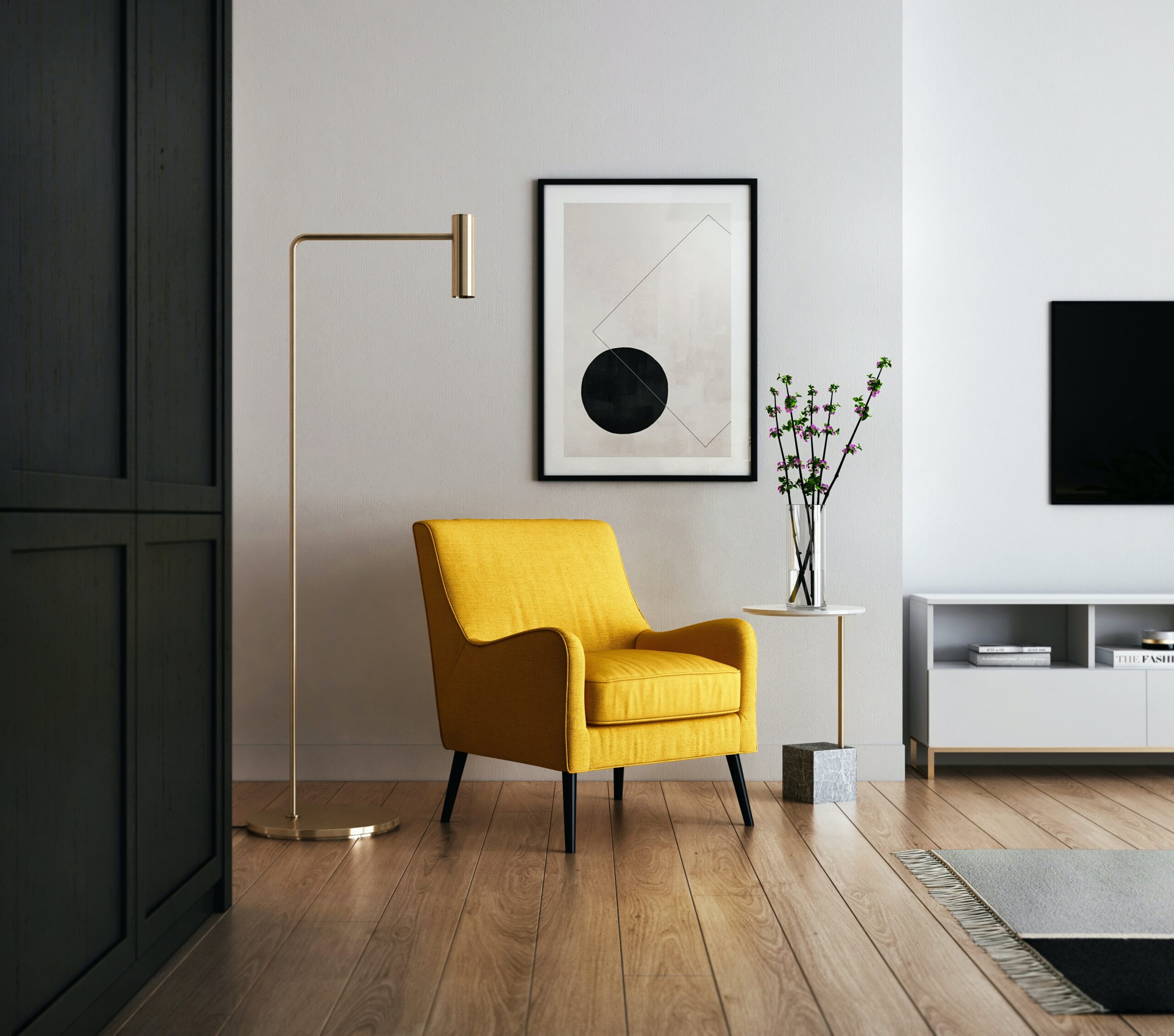Interior design encompasses a range of elements aimed at creating functional, aesthetically pleasing, and well-balanced spaces. The scope of interior design includes various components, and a professional interior designer may be involved in one or more of the following aspects:
- Space Planning:
- Determining the optimal arrangement of furniture, fixtures, and other elements within a space to ensure functionality and flow.
- Color Palette and Material Selection:
- Choosing appropriate colors, finishes, and materials for walls, flooring, ceilings, and furnishings to achieve a cohesive and harmonious look.
- Furniture Selection and Arrangement:
- Selecting furniture pieces that align with the design concept and arranging them to maximize comfort and functionality.
- Lighting Design:
- Planning and selecting lighting fixtures to enhance the atmosphere of a space. This includes ambient, task, and accent lighting.
- Window Treatments:
- Choosing and designing window coverings such as curtains, blinds, or shades to control natural light and provide privacy.
- Textiles and Fabrics:
- Selecting and coordinating textiles, including upholstery fabrics, rugs, and drapery, to add texture and visual interest to the space.
- Accessories and Decor:
- Choosing and placing decorative items, artwork, and accessories to enhance the overall aesthetic of the space.
- Architectural Details:
- Incorporating or enhancing architectural features, such as moldings, trim, and built-in elements, to add character and sophistication.
- Custom Millwork and Cabinetry:
- Designing and specifying custom-built elements, such as cabinets, shelving, and built-in furniture, to optimize storage and functionality.
- Material and Finish Specifications:
- Providing detailed specifications for materials, finishes, and furnishings, including paint colors, flooring types, and hardware.
- Environmental Considerations:
- Incorporating sustainable and eco-friendly design practices and materials to promote environmental responsibility.
- Project Management:
- Overseeing and coordinating the various aspects of a design project, including communication with contractors, suppliers, and other professionals.
- Collaboration with Architects and Contractors:
- Collaborating with architects and contractors to ensure that the interior design integrates seamlessly with the overall structure and functionality of the space.
- Budgeting and Cost Estimation:
- Developing and managing budgets for design projects, including estimating costs for materials, labor, and furnishings.
- Client Communication:
- Effectively communicating with clients to understand their needs, preferences, and budget constraints and presenting design concepts for approval.
Interior designers may specialize in residential, commercial, hospitality, or other specific types of spaces. The level of involvement in each aspect of interior design can vary based on the project’s scope, client requirements, and the designer’s expertise.

